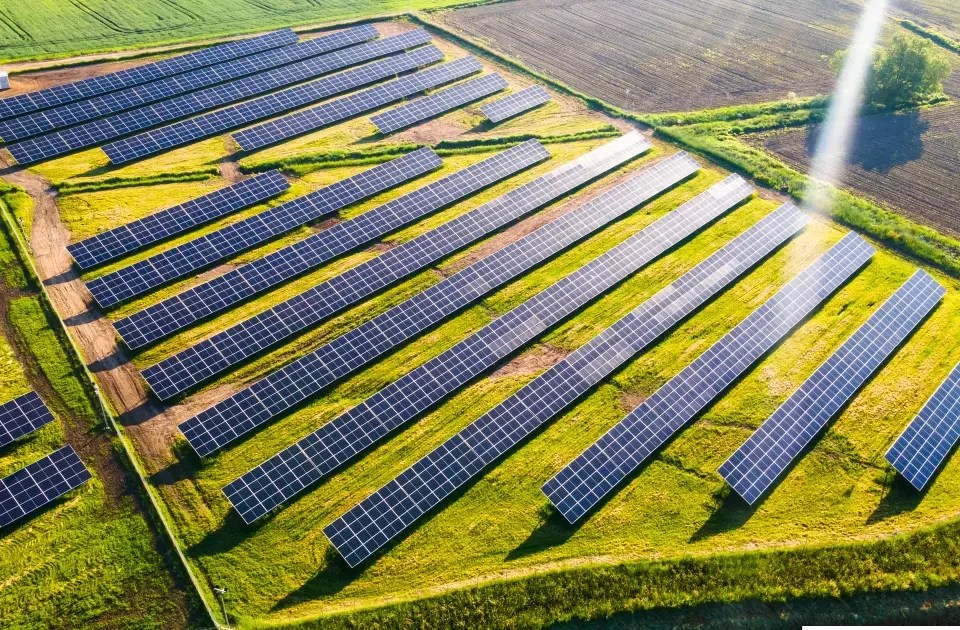Determining who makes the best solar panels can be difficult, especially given the recent surge in solar companies. This article introduces important considerations for assessing the quality of solar panels and shares recent results from third-party review sites.
Evaluation Criteria: You can use several criteria to evaluate the quality of your solar module.
- Efficiency and yield
- Warranty
- durability
- aesthetics
- sustainability
- Efficiency and Yield
- Polycrystalline and Single Crystal Solar Cell Types
Efficiency refers to the amount of energy produced in the sun when it is absorbed. For example, if a solar panel is rated at 20, 20% of the solar energy that hits the panel is converted to solar energy to generate electricity. However, the yield is determined by the following factors.
High-temperature performance. Spectral response (ie, the ability to draw energy from the newly shifted sunlight in the morning and evening) Use of anti-reflective glass or ARG (this allows the panel to capture more light when the panel is cloudy or the sun is not directly above the panel)
Shadow performance
The most important factor in the efficiency of a solar module is the material used in the module. The most efficient material is single crystal silicon. Other materials also make a difference, such as the conductive metal base of the panel, the type of glass used on the front of the panel, and the connections between the cells. A thin line of metal tape on the front of the cell indicates that there is a higher risk of plate breakage than a plate with a copper-covered foundation.
Most standard efficiency solar panels range from an average of 15% to 20 °. The world’s largest manufacturers of standard efficiency modules include Trina Solar, JinkoSolar, and Canadian Solar. Standard efficiency solar panels made in the United States are available from Mission Solar. High-efficiency solar panels on the market range from 18% to 22%. Solar companies that manufacture high-efficiency modules include SunPower, LG, REC, Panasonic, and Silfab Solar. Some SunPower panels received up to a 24% rating. However, there is a limit to the maximum efficiency of solar cells. Insolation, roof pitch, azimuth (horizontal angle), module orientation, and temperature in different parts of the country all affect the efficiency of solar modules. Additional energy loss can also be related to wire length and type, voltage limits, and inverter efficiency. These related performance indicators directly affect the amount of power the system produces per watt installed. Get the latest information on energy efficiency to maximize the life of your solar panels.
Warranty
The expected life of the equipment is related to the period during which the company
guarantees its performance. Here are three considerations to consider when assessing a solar manufacturer’s warranty.
Equipment:
Ask about performance and warranty coverage of materials. Check if the warranty for inverters, monitors, and other devices in addition to the panel is different. Procedure: Ask
about the warranty service provided. Understand the steps required to file a claim and evaluate whether the company can easily replace, repair, or refund defective parts. Lifespan: The warranty is only as good as the issuer’s reputation. If your solar company goes out of business before the period expires, you may be left uncovered. Make sure the manufacturer is available during the warranty period.




